Last week, I had the privilege of attending WESCCON 2024, a wonderful, regional counterpoint to the NCBFAA’s annual conference held every spring. The same powerhouse lineup of speakers and content are augmented by a decidedly (and deliberate) focus on the issues most important along the US West Coast. This is evident in two panels – one with representatives from each of the major seaports; a second with CBP representatives from Seattle, Portland, San Francisco, LA / Long Beach, and San Diego. The conference revealed several emerging trends that deserve the attention of companies who operate in the US logistics supply chain.
The adoption of artificial intelligence in customs and logistics emerged as a critical discussion point. Cindy Allen, CEO of Trade Force Multiplier, offered a pragmatic perspective on AI implementation: “When I was a large broker, I wanted tools, and I wanted someone to develop those tools. Now, as an independent consultant, I want tools that I can sell to my clients. I want tools that they can implement to do auditing, to do self-assessments, to do risk assessments.” The message was clear – AI is not about replacing humans but augmenting their capabilities to handle increasingly complex compliance requirements.
Sandra Langford-Coty, PCC President and NCBFAA Customs Chair, also of A.N. Deringer, emphasized that AI should be viewed as an enabler rather than a cost-saving measure: “Don’t sell it as a cost savings.” She stressed that AI’s true value lies in allowing staff to think strategically rather than being consumed by manual data entry tasks. “They cannot think today with all the work they’re doing manually. They’re just trying to get through that transaction to get to the next.”
Generative AI Panel, L to R: Sandra Langford-Coty, Cindy Allen, John Pennypacker, Mark Ketcham, Vince Iacopella
Supply chain fraud has evolved into a sophisticated threat. Mike Brown, President and CEO of Avalon Risk Management highlighted this growing concern: “Five years ago it didn’t exist on the importer side. Two years ago you’d see it here and there. Now, it’s happening thousands of times a month.” This surge in fraudulent activity, estimated at nearly $1 billion in domestic transportation fraud alone last year, demands enhanced due diligence from all stakeholders.
Sustainability emerged as another crucial theme. Brandon Fried, Executive Director of the Airforwarders Association, noted that while IATA carriers have committed to carbon neutrality by 2050, the path forward requires significant investment in sustainable aviation fuel and infrastructure. “It’s the Wild West,” Fried cautioned regarding green initiatives, emphasizing the importance of verifying sustainability claims.
The December 1, 2024 implementation of Lacey Act Phase VII will impact many importers not previously subject to its requirements. As Erin Otto, National Policy Manager for the Lacey Act program at USDA’s APHIS, explained, “Illegal logging is the third largest transnational crime in the world, right after drugs and counterfeit goods.” The expansion will cover furniture, essential oils, and cork products, requiring detailed documentation of plant materials’ origins.
Port infrastructure remains a critical focus. The Port of Long Beach reported record volumes of 913,000 TEUs in August, while working to address rail dwell times. Their $1.6 billion Pier B facility project, set for completion in 2032, demonstrates the long-term investment needed to handle growing cargo volumes efficiently.
The economic outlook presents both opportunities and challenges. S&P Global Market Intelligence’s Paul Bingham shared that while U.S. economic growth is expected to moderate from 2.6% in 2024 to 2.1% in 2025, trade patterns show resilience. “Export growth for goods & services will increase faster than GDP growth in 2025,” Bingham noted. Import forecasts remain positive though slightly slower, projecting 4.8% growth in 2025 compared to 2024’s 5.2%. His analysis suggests a significant shift in global trade dynamics, with India’s growth rate reaching 6.8% as it overtakes China in population, while China faces challenges meeting its 5% growth target.
Looking ahead, interest rates should trend lower, with the Fed funds rate projected at 3.75% by the end of 2025. However, the housing market faces continued pressure, as Bingham pointed out that “55% of mortgages held are at rates less than the rates today,” effectively freezing many homeowners in place and suppressing the current housing market.
Position : Global’s value to our logistics clients is our attendance at events like WESCCON that draw subject matter experts across the government and private sector. These conferences, whether national, regional or local, are where we learn information and draw connections that benefit our customers and the knowledge they use to differentiate themselves from their competitors. If you are unable to attend events like this, or you are there but wish you could generate event content for use in your own organization, contact Position : Global to learn more about our conference reporting services today.




